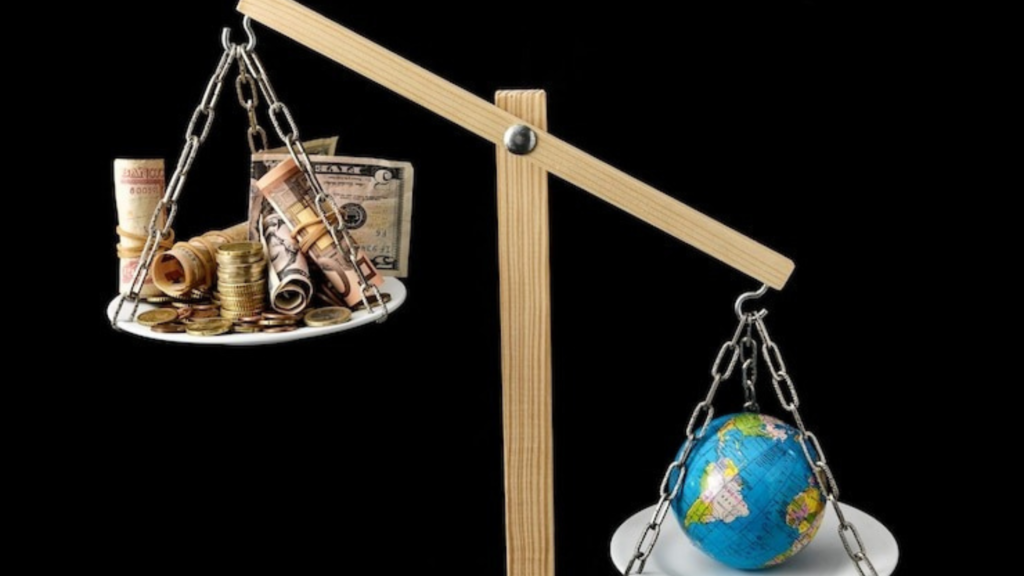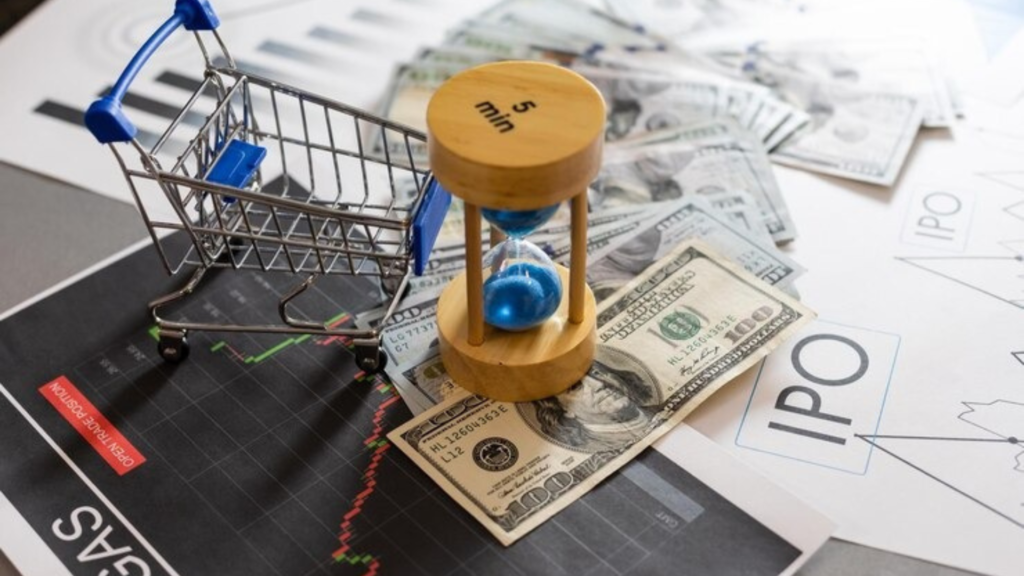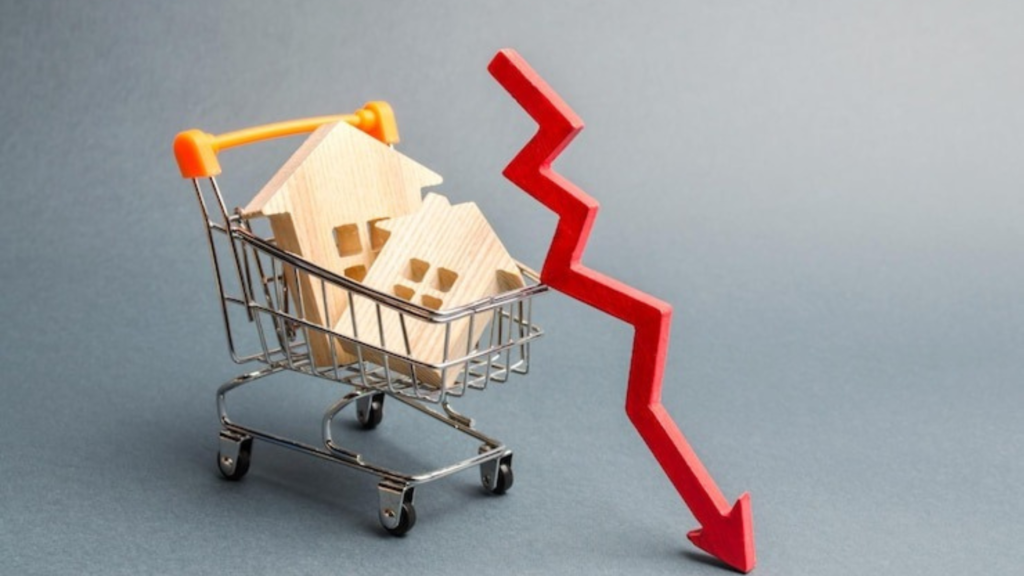Featured
- Get link
- X
- Other Apps
Economic Risks of Platform Dependency for Sellers
There's a good chance that your business runs on platforms you didn't build, don't own, and can't control. That's the trade-off of using a platform created by someone else reach and scale on one side, risk and dependency on the other. Most of the time, the relationship works. But sometimes, things go wrong—an algorithm changes, an account is flagged, or data is stolen. These are key economic risks of platform dependency for sellers, as they face consequences beyond their control. In 2024, 61% of companies reported a third-party data breach or security incident.
Platform risk is the vulnerability that comes from depending on a third-party platform for a core function of your business, such as marketing, sales, payments, infrastructure, or customer communication. Businesses today often run on platforms by default. Most businesses rely on social media, marketplaces, software-as-a-service (SaaS), and payment processors to operate at scale. When a platform controls your access to customers, revenue, or operations, your business becomes subject to decisions you can't influence, such as policy changes, algorithm updates, technical issues, and even shutdowns.
What are financial risks?

These factors can decrease your engagement, cut off your reach, or freeze your cash flow. A platform outage or closure can sever your connection to your customers overnight. Social platforms, for example, frequently change their content delivery algorithms in ways that can cause businesses to lose visibility and consequently revenue without warning. Even infrastructure-level platforms such as Amazon Web Services or search engines such as Google could make policy or technical changes that would cost companies in downtime or lost opportunities for discovery.
There are different types of platform risk, and each one can affect important parts of your business. The more you know about these risks, the easier it is to evaluate your exposure. When a platform pulls your account or downgrades your visibility, it can cut off your access to customers in an instant. These actions are often triggered by content rules, algorithmic moderation, or unclear policy violations. Sometimes an action is justified, and sometimes it's a mistake. Either way, a suspended account can mean lost sales and diminished customer trust.
What is the importance of understanding financial risks?

Your visibility on a platform is often controlled by an algorithm: search rankings, feed placement, and product recommendations. When those algorithms change, traffic can drop abruptly. A Google Search update or Facebook feed tweak can make a once reliable channel dry up overnight. If you rely heavily on organic reach, this is a major vulnerability. Platforms change, which can mean new rules, higher fees, stricter application programming interface (API) access, or restrictions on how you interact with customers. The change can be technical (e.g., a deprecated feature), financial (e.g., a fee hike), or in overall direction. If your margins or user experience rely on the status quo, even a small change can force you to rethink your model.
Sometimes the platform itself is the risk. Businesses that were built on Myspace, Vine, and Google+ have seen firsthand what happens when a platforms decline or disappear. Other face regulatory shutdowns or bans that can remove access to entire markets. Cash flow interruptions are a real concern for platforms that handle transactions. Payment holds, payout delays, and fraud investigations can all block access to your own revenue, sometimes without warning. If pricing structures change, ad rates shift, or currency rules fluctuate, you might find that your financial model no longer works.
Types of financial risks

Before you can manage platform risk, you need to understand where it shows up in your business. That means mapping your dependencies clearly and asking hard but useful questions about how much control you really have. Start by listing every third-party platform your business depends on. Include anything that touches revenue, customer acquisition, infrastructure, or operations. Here are some examples The risk associated with dependence on a particular cloud provider for multiple business capabilities is among the top five emerging risks for organizations for the second consecutive quarter, according to a Gartner survey.
The risk associated with cloud concentration is rapidly losing its 'emerging' status as it is becoming a widely recognized risk for most enterprises," notes Ran Xu, research director in Gartner's Legal Risk & Compliance Practice. "Many organizations now find themselves in a position where they would face severe disruptions in the event of a single provider failure. Cloud concentration risk has arisen because many organizations have chosen to focus their IT efforts on a handful of strategic providers to reduce IT complexity. Compounding the problem is a handful of hyperscale providers dominate global and regional markets with superior technical capabilities, commercial reach, and partner ecosystems.
Conclusion

Gartne identifies three potential effects of this risk. Xu notes that currently, companies consider the benefits of using the public cloud strategically important, and few obvious solutions exist to eliminate the risk entirely. That's why it's especially important for businesses to have a continuity plan they can implement in case they encounter any major cloud service issues. If your core infrastructure is running on some platform, you need to have a knowledge about how stable it is." Find out how often it dips below, whether there have been major breaches or outages, and how their procedure is for releasing uptime figures and reporting outages.
An unstable or insecure platform is a weakness when your customers are relying on you to be live and responsive Some threats aren't directly coming from the platform itself, but from the general environment. Search for platforms that are under legal or regulatory stress, any probable government ban or restriction in key markets, or evidence of erosion or shifting user base. These trends are easy to ignore if you're following day-to-day figures, but they're important when thinking about the long term. When a platform takes down your account or freezes your funds, the impact is gut-level.
- Get link
- X
- Other Apps
Popular Posts
The Platform Economy: Winners, Losers, and Inequality
- Get link
- X
- Other Apps
Comments
Post a Comment